Hotel Indigo and On The Grid value your feedback.
Please complete a quick 2 minute survey to tell us about your experience.
Emerging from the Chandni Chowk metro station, if you follow the mass of humanity taking the 'short-cut' next to a temple, you'll emerge onto the main street of Old Delhi, right next to a small shop with a curiously large crowd. This is the Natraj Dahi Bhalle Wala, operating at this spot since before India's independence and serving up some of the most famous chaat - savoury street food - that Delhi has to offer. The dahi bhalla (deep-fried ground lentil balls served with yogurt) and aloo tikki (deep-fried potato cutlets) are definitely worth the hustle, but you can also climb up to the first floor, where Natraj has table service and a (slightly) more elaborate menu.
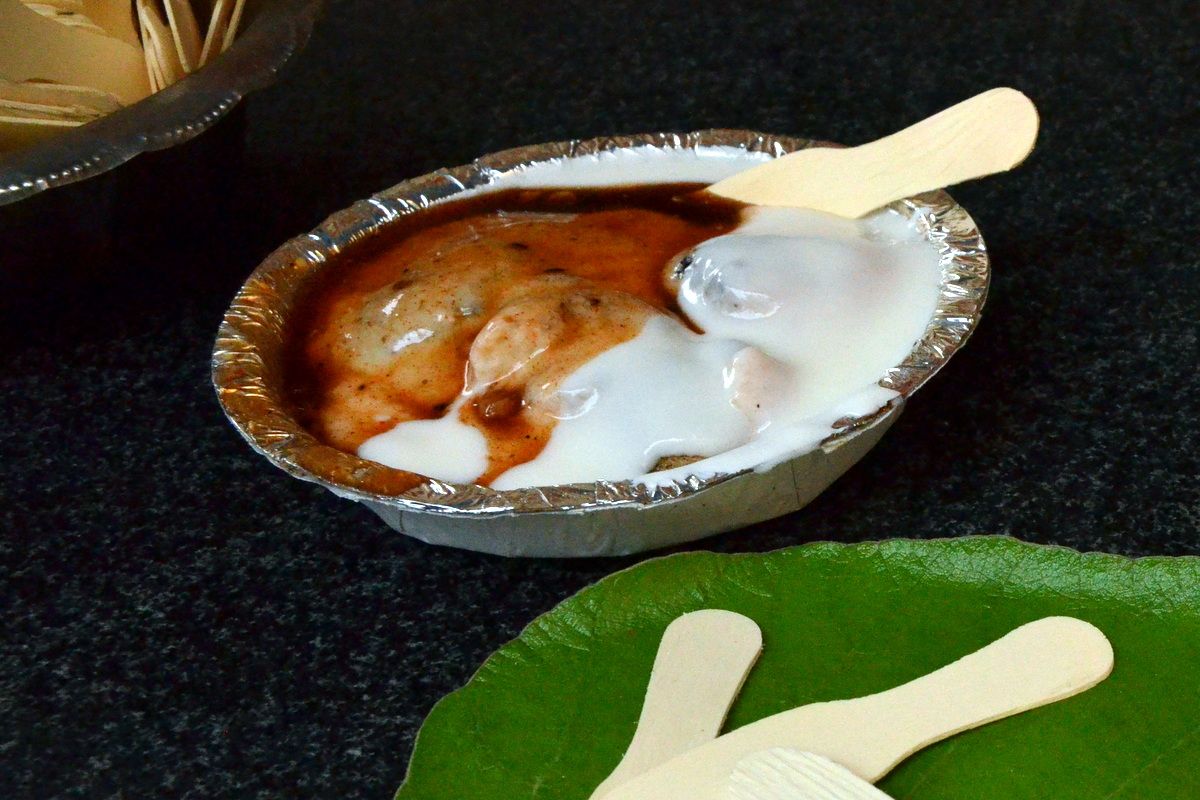
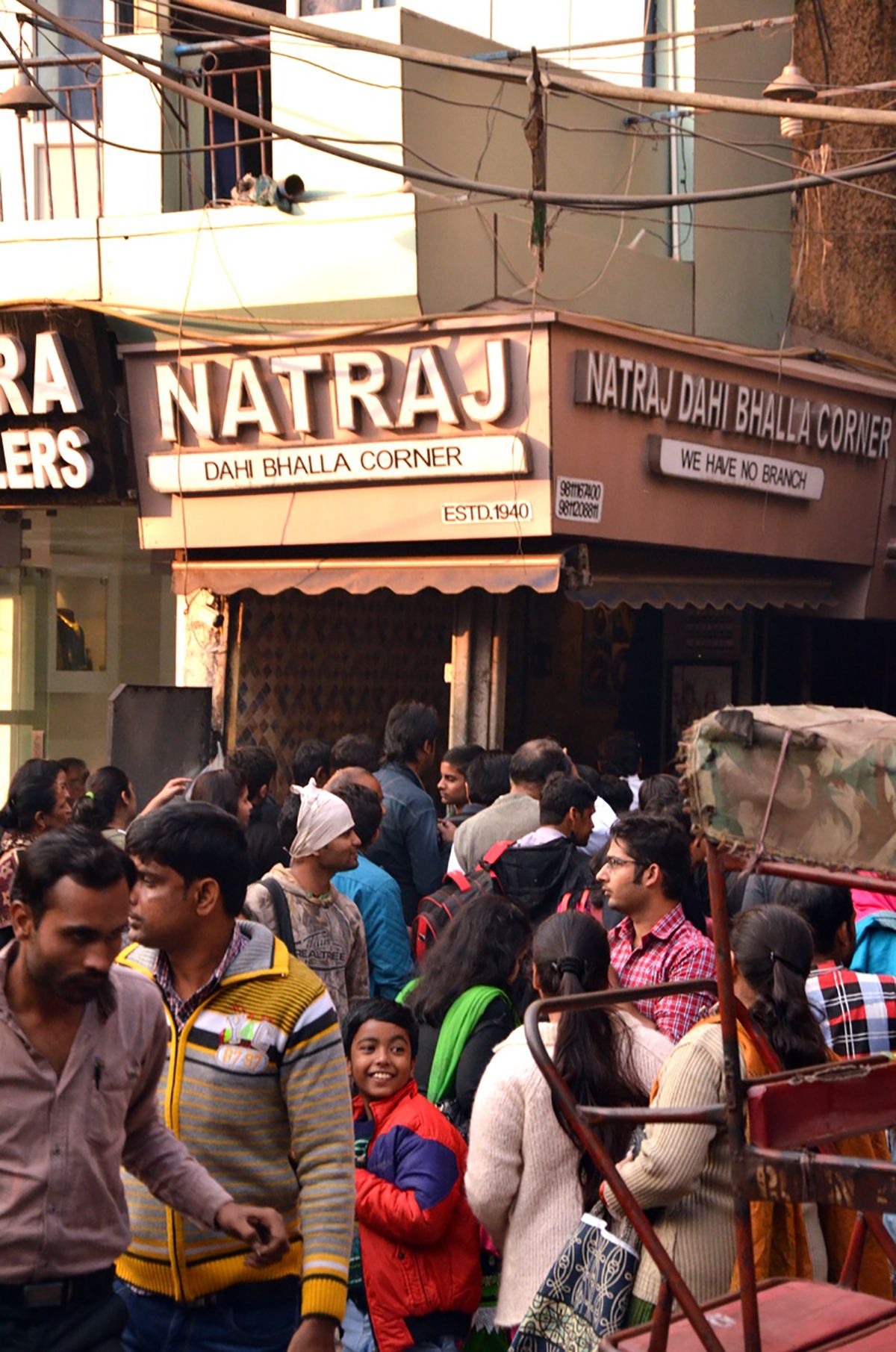
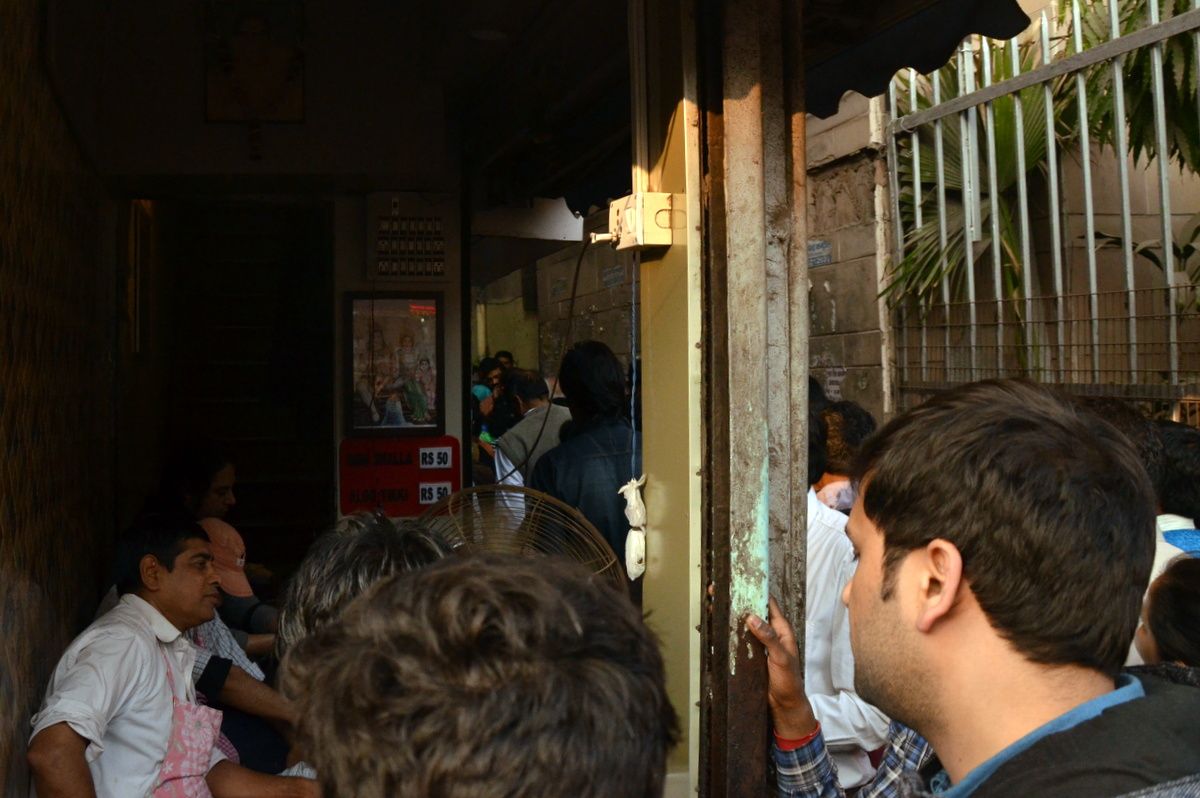
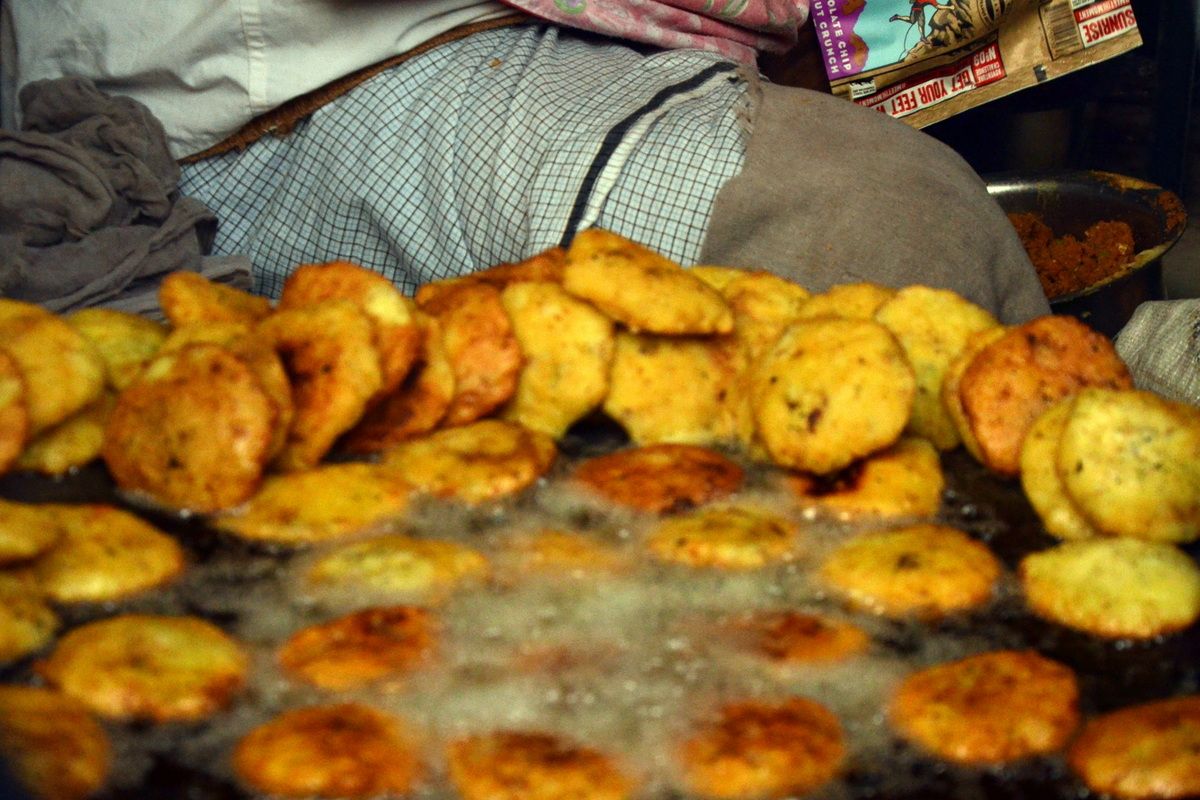
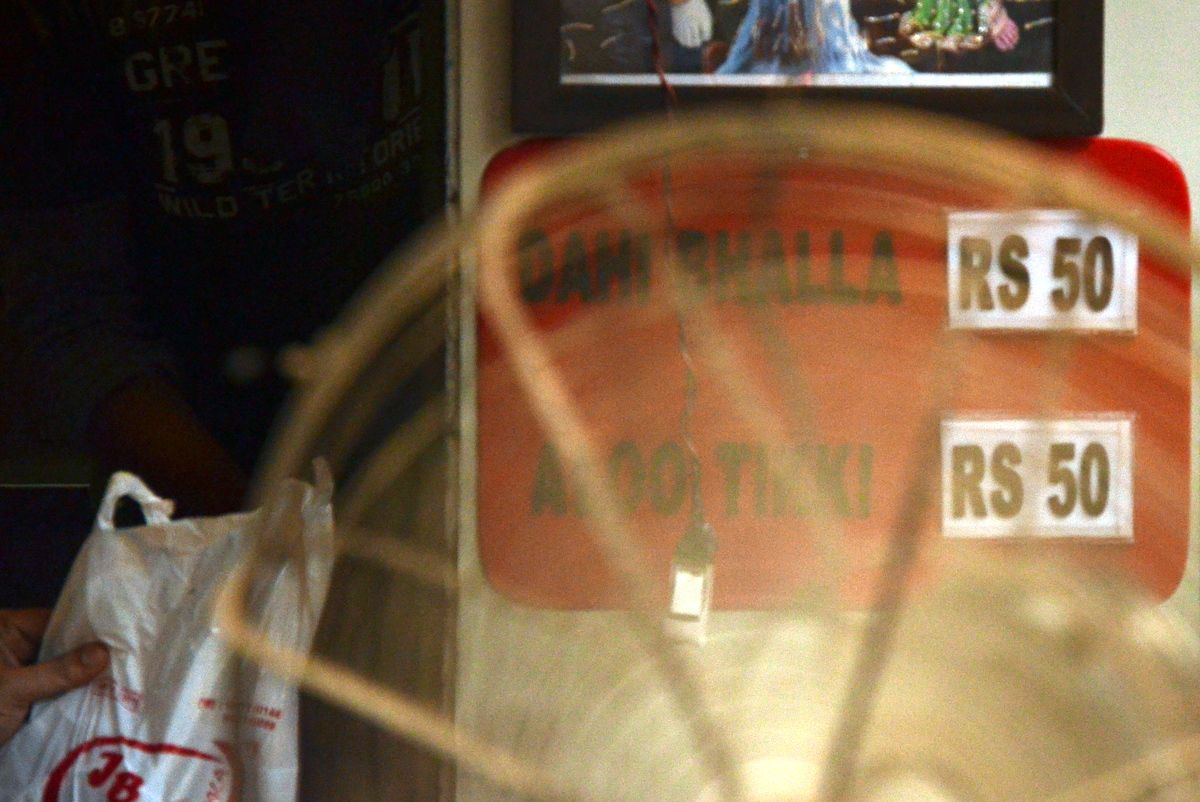
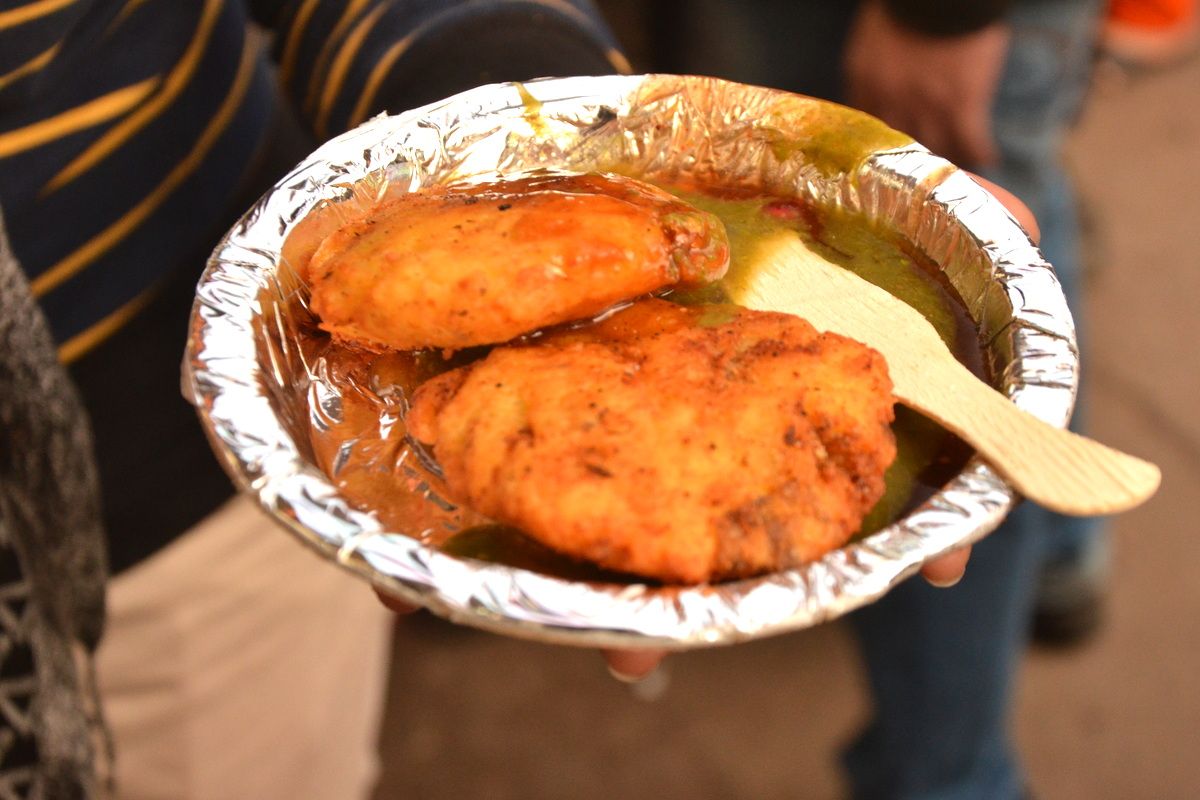
Please complete a quick 2 minute survey to tell us about your experience.